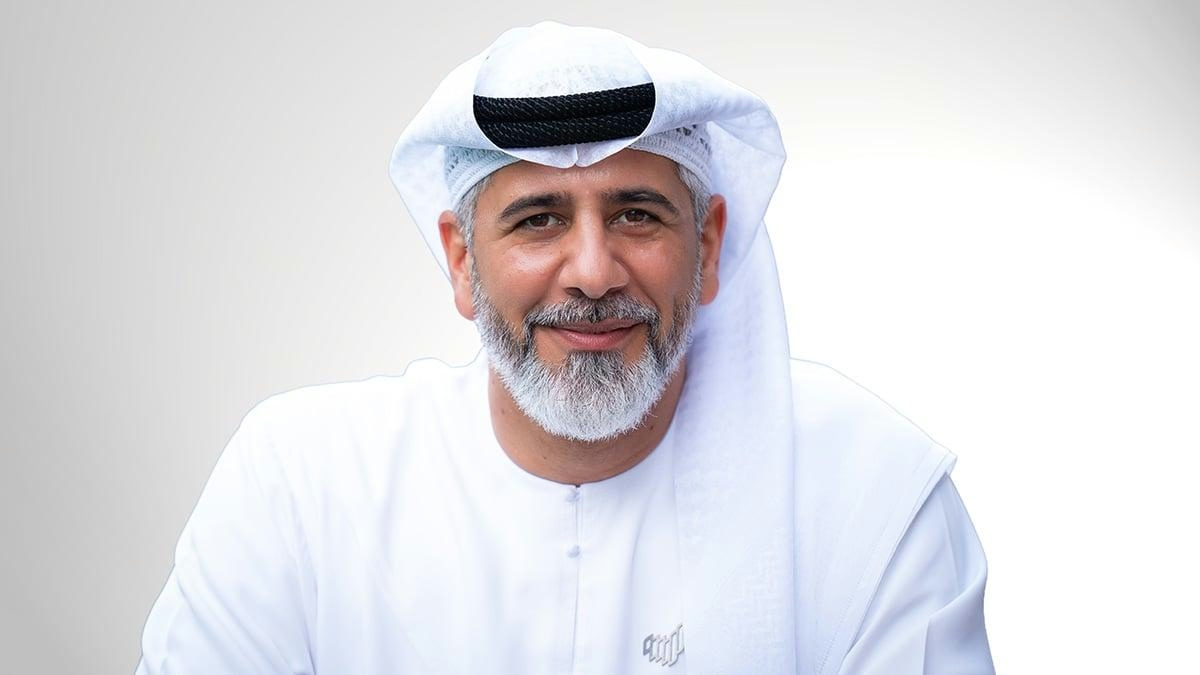
AeroGenie – Ihr intelligenter Copilot.
Trends
Categories
Ontic Opens New MRO Facilities

Ontic Expands Maintenance, Repair, and Overhaul Operations with New Facilities
Ontic, a prominent global provider of aerospace original equipment manufacturing (OEM) and maintenance, repair, and overhaul (MRO) services, is advancing its strategic growth through the establishment of new MRO facilities. This expansion is designed to offer reliable, cost-effective, and high-quality maintenance solutions to operators, airlines, and OEMs worldwide. The first of these facilities, currently under construction in Miramar, Florida, is slated to become operational later this quarter. Additional sites are planned in regions selected for their strong talent pools and advantageous access to customers and logistics networks.
Leadership Driving Expansion Amid Market Demand
The expansion initiative is led by Jack Karapetyan, Vice President and General Manager of MRO at Ontic. With over ten years of experience at the company and extensive industry knowledge, Karapetyan is guiding the division through a period marked by increased demand. He attributes this surge to a rise in air travel coupled with limited availability of new aircraft, which has heightened the importance of efficient fleet maintenance. Karapetyan also noted a growing trend among operators to outsource MRO services as a means to reduce costs and improve operational efficiency.
Advanced Capabilities and Strategic Location
Ontic’s new facilities will incorporate state-of-the-art repair technologies, dedicated resources, and streamlined processes to ensure rapid turnaround times and maintain high service quality. The selection of Florida as the initial site reflects the state’s skilled workforce, with several Ontic employees relocating to support the launch and ensure operational continuity. These enhancements are expected to increase Ontic’s service capacity, potentially eliciting positive responses from the market as customers benefit from expanded offerings and improved support.
Addressing Regulatory and Competitive Challenges
As Ontic scales its MRO operations, the company must navigate stringent regulatory compliance requirements across its new locations. Successfully managing these standards will be essential to preserving Ontic’s reputation for quality and reliability. Furthermore, this expansion may prompt competitors to bolster their own MRO capabilities, intensifying competition within the sector.
Commitment to Community Engagement and Sustainable Growth
Beyond its business objectives, Ontic’s growth strategy emphasizes a customer-centric approach and active community engagement. The company is collaborating with local educational institutions to cultivate a pipeline of skilled technicians and engineers, addressing both operational needs and local workforce development. This initiative underscores Ontic’s broader commitment to integrating sustainability with business growth, positioning the company to remain agile and forward-looking in the rapidly evolving aerospace industry.
Through this latest expansion, Ontic is solidifying its position as a key player in the global MRO market, balancing operational excellence with regulatory diligence, community investment, and sustainable practices.
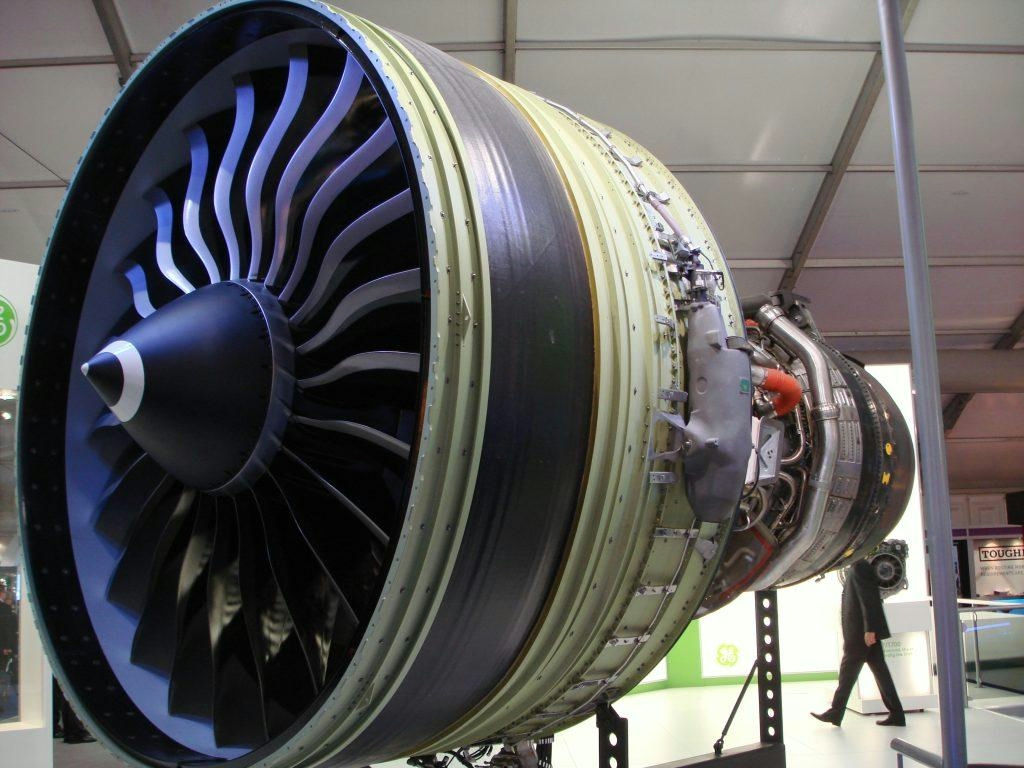
FAA Issues Airworthiness Directive for GE90 Engines After Powder Metal Contamination Found

Flying taxis could take off this year in Florida
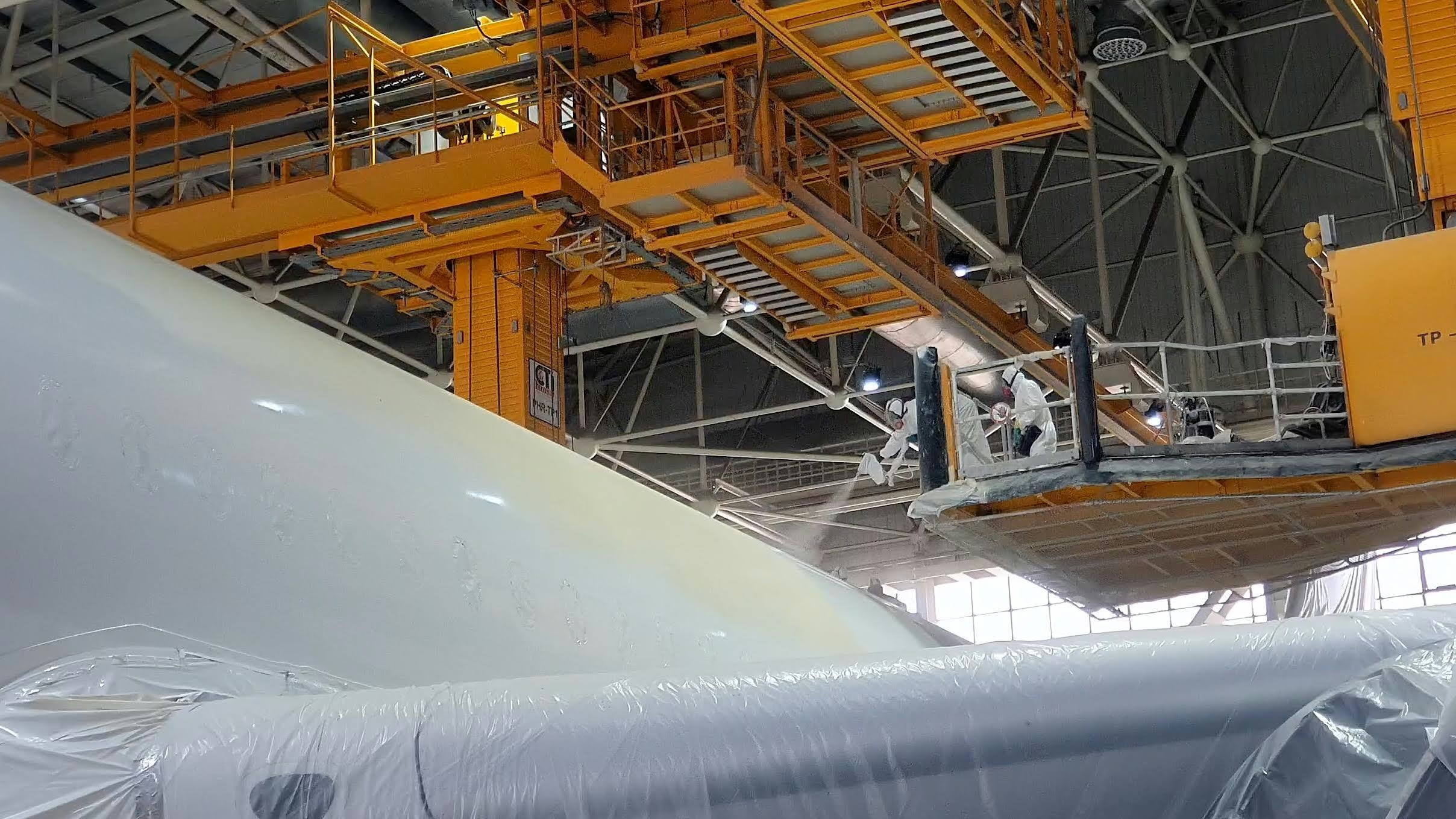
ASKY and TAAG Angola Airlines Establish In-House MRO Facilities to Support Fleet Expansion

Airbus to Release Audited 2025 Orders and Delivery Data on January 12
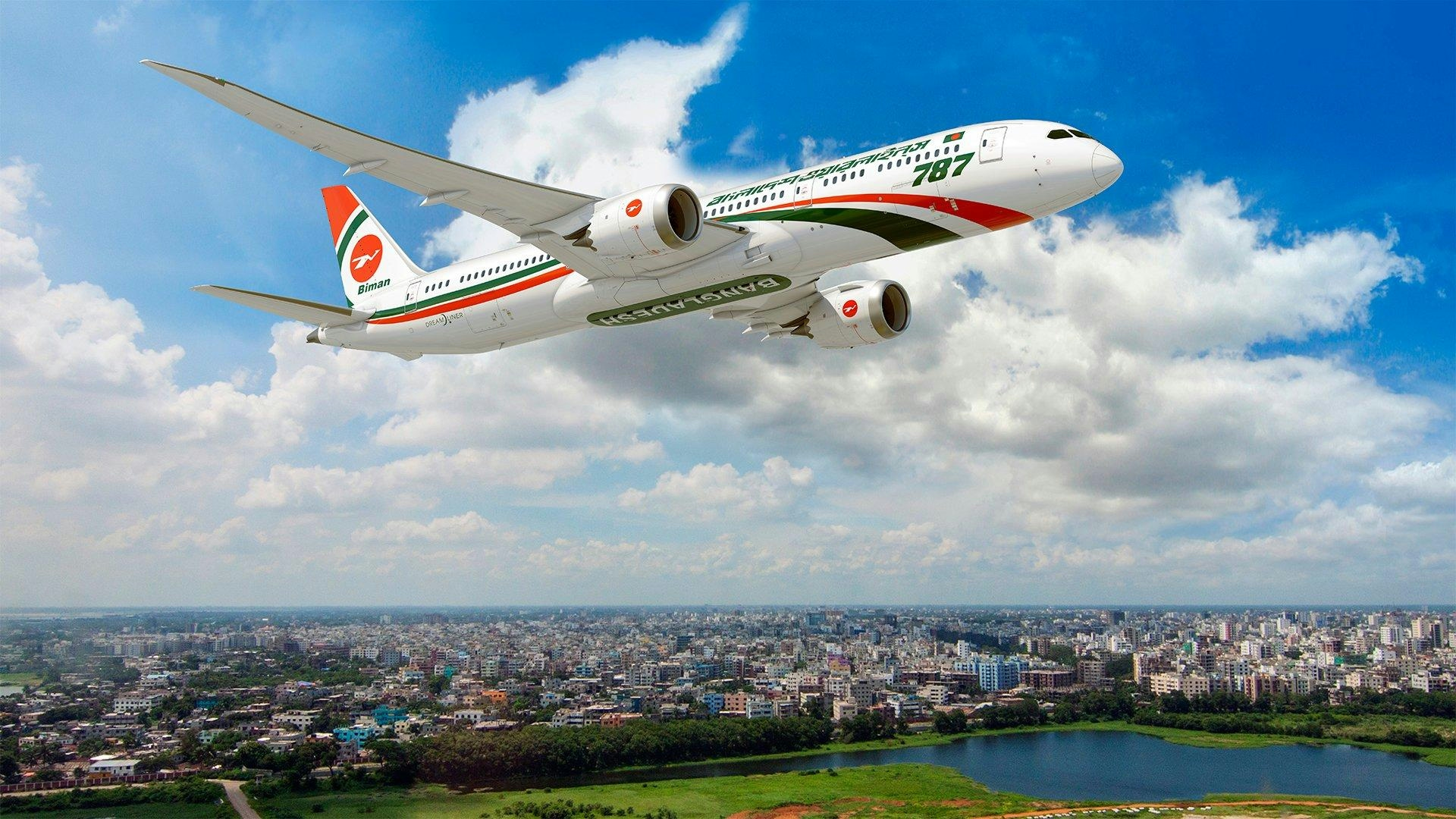
Biman Bangladesh Selects Boeing for New Aircraft Order

Amazon Cancels Italian Drone Delivery Plans Days Before Launch, Setback for U-space

Lufthansa Celebrates 100 Years of Aviation Innovation
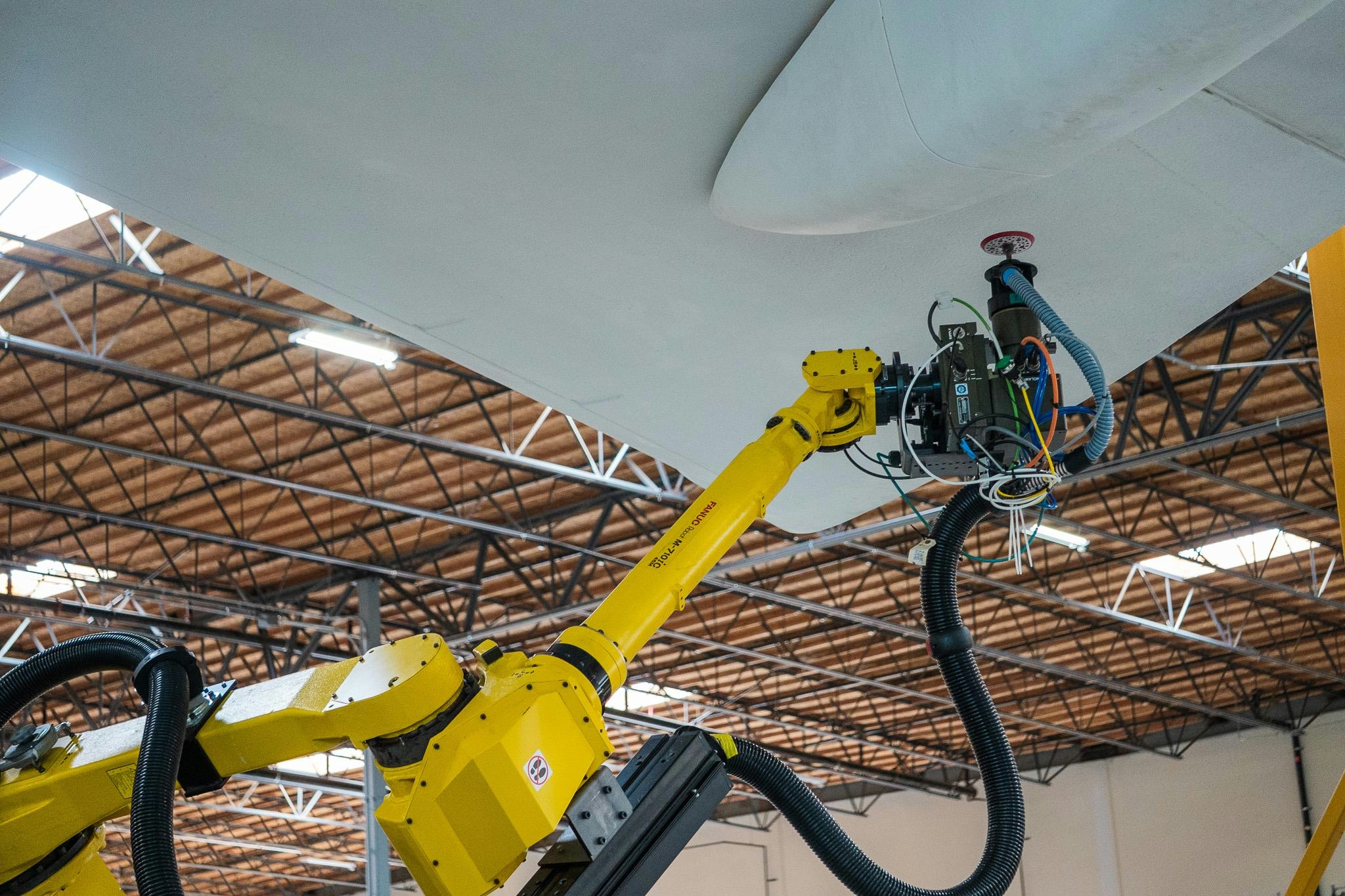
How AI Is Transforming Aviation

Comply365 Acquires MINT Software Systems
